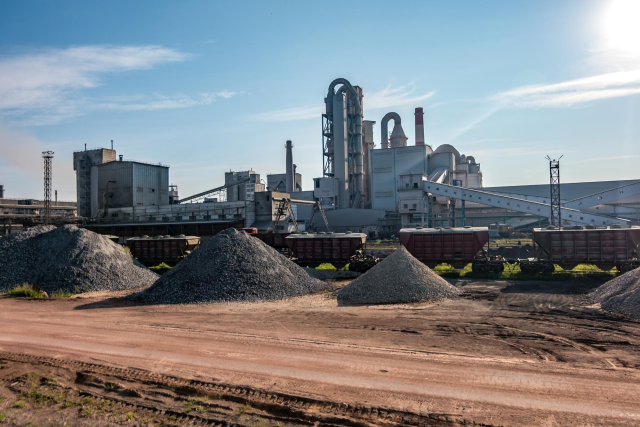
Geopolymers are a new generation of inorganic polymers with vast applications in construction and other sectors. In contrast to conventional materials like Portland cement, which are produced through high-energy processes, geopolymers are synthesized from industrial by-products and have outstanding environmental and durability advantages. To explore more about geopolymer industry check latest research report by Coherent Market Insights. To appreciate how geopolymers function, it is essential to explore their chemical structure and production process.
Chemical Composition of Geopolymers
Geopolymers consist chiefly of alumino-silicate materials, containing high concentrations of aluminum (Al) and silicon (Si). The materials combine in a chemical reaction with the help of an alkaline activator to give a hardened durable product. Some materials used for preparation of geopolymers include fly ash, ground granulated blast furnace slag (GGBS), and metakaolin, and these are industrial by-products or minerals.
Geopolymer chemistry's secret lies in reacting the alumino-silicate materials with an alkaline solution (sodium hydroxide or potassium hydroxide and sodium or potassium silicate). This forms a gel-like matrix, which cures over time into a solid, rock-like material. The end product is extremely cross-linked, that is, its molecules are highly interwoven, which gives it strength, stability, and resistance to degradation.
The chemical composition of geopolymers can be characterized as a three-dimensional network of Si–O–Al bonds.
Manufacturing Process of Geopolymers
The synthesis of geopolymers begins with the selection of raw material, usually fly ash, ground granulated blast furnace slag (GGBS), or metakaolin, all rich in silica and alumina. They are mixed with an alkaline activator solution of sodium hydroxide (NaOH) or potassium hydroxide (KOH), sodium silicate (Na2SiO3) or potassium silicate (K2SiO3).The activator dissolves the structure of the raw materials so that silica and alumina react and a gel-like material is produced.
After mixing, the geopolymer paste is cast into molds or spread onto surfaces depending on the application. The paste is then cured, usually at ambient or slightly higher temperatures (20°C to 90°C). Geopolymers do not need high-temperature kiln processes like conventional concrete, hence they are more energy-efficient.
Curing gives time for the material to harden as chemical bonds are formed, resulting in a hard, durable material. Curing time depends on the mix design and desired properties, with geopolymers forming high compressive strength within hours or days. This not only saves energy but also produces sustainable, highly resistant concrete in comparison to traditional concrete.
Advantages of Geopolymers
One of the greatest advantages of geopolymers is that they have a reduced environmental impact compared to traditional cement-based products. Geopolymers are able to utilize waste products from industrial processes such as fly ash and slag, so less raw material is needed. Producing geopolymers also releases significantly less CO2 than producing cement, which is one of the largest sources of greenhouse gas emissions globally. Geopolymers are also more resistant to wear, and they have outstanding chemical, heat, and wear resistance. They can, for example, withstand highly acid and alkali environments, and this makes them usable in wastewater treatment, chemical industries, and even fire-resistant paint.
The technology used in geopolymers is the unique chemical makeup and the new method of making it that produces a very tough, environmentally friendly product. With the application of industrial waste products and low-energy processes, geopolymers present an eco-friendly alternative to normal concrete and other products. The potential applications for geopolymers are vast through continuing research and development, and they have exciting solutions for industries wanting to reduce their footprint and maximize the function of their infrastructure.






